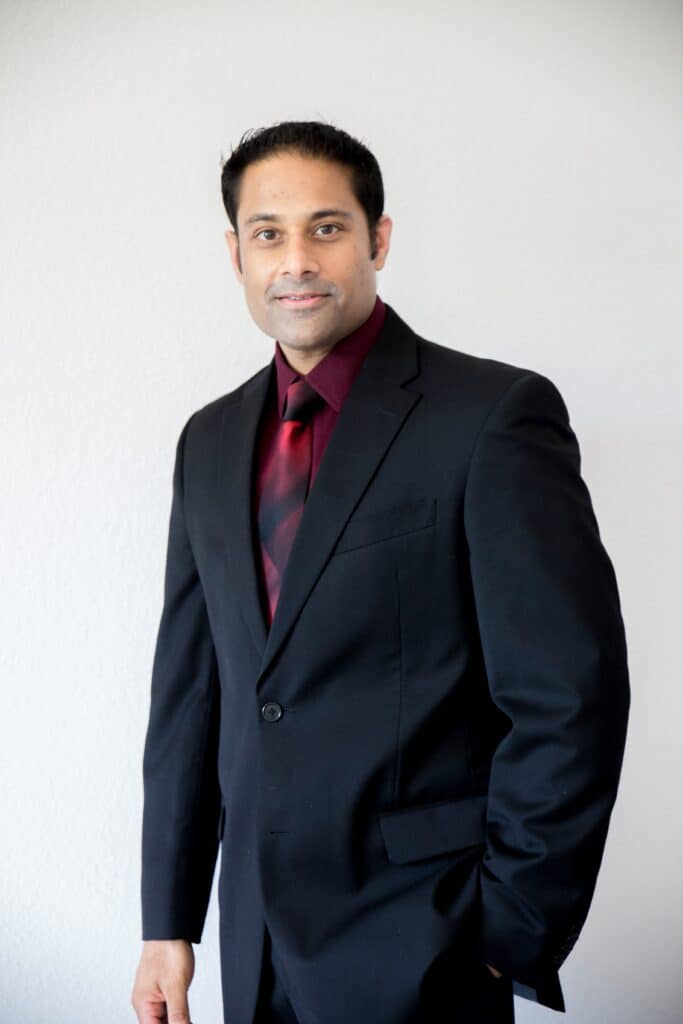Lumbar Spinal Stenosis – Anil Kesani MD
Dr. Anil Kesani explains that lumbar spinal stenosis is caused by the narrowing of the spinal canal around the lower back region or within the lumbar spine, which results in compression of the nerve traveling through the back to the legs.
Certified by the American Board of Orthopedic surgery, Anil Kumar Kesani MD completed his spine surgery fellowship at the University of Western Ontario – Schulich School of Medicine and Dentistry. Dr. Anil Kesani is the founder of SpineMD and is experienced in both operative and non-operative treatment for cervical, thoracic, and lumbar spine problems.
Please visit our SpineMD YouTube channel here for further information on various neck, back and spine topics where Dr. Kesani has produced a number of informative videos.
Causes
Lumbar spinal stenosis or lumbar spinal narrowing is more often seen in people 60 years and older. However, lumbar spinal stenosis may affect younger people, especially if they are born with smaller than normal spinal canals or congenital stenosis. Other predisposing causes for younger people to develop lumbar spinal stenosis are unstable spinal slips or spondylolisthesis as well as extremely large disc herniations or slipped discs.
Narrowing of the spinal canal usually occurs slowly in the body over many years or even decades. This happens because the disc becomes less spongy with age, causing a reduction in disc height, leading to bulging of the disc, which may extend into the spinal canal. This combined with arthritis within the spine causing bone spurs can lead to the nerves being pinched due to the compression. Superimposed inflammation of the compressed or pinched nerves can cause an increased level of nerve related pain.
Symptoms
Pinched nerves in lumbar spinal stenosis typically cause pain, numbness, or weakness in the legs, buttocks, or calves. It also may result in cramping in the calves while walking (referred to as neurogenic claudication), which results in the need for short rests periodically while walking some distance.
Treatment
Treatment of lumbar spinal stenosis typically consists of nonoperative or nonsurgical treatment including physical therapy, medications such as anti inflammatories and if the pain is persistent then epidural injections. If patients continue to have bothersome and debilitating symptoms despite this then patients can consider surgical treatment in the form of a direct or indirect decompression such as laminectomies or interbody fusions.
